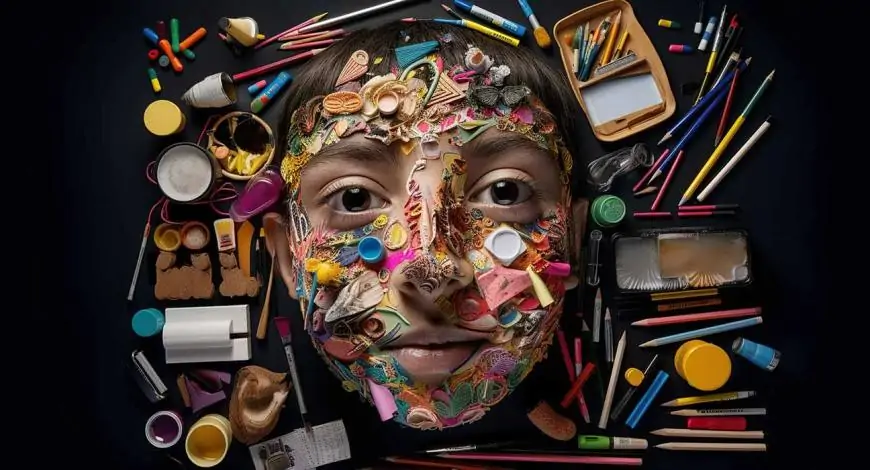Art therapy is a powerful tool for enhancing senior well-being. It nurtures both mind and spirit. This creative outlet addresses the unique needs of older adults. As we age, maintaining cognitive function and emotional balance becomes increasingly important. Art therapy offers a non-pharmacological approach to these challenges. It combines the benefits of artistic expression with therapeutic techniques.
1. Cognitive Stimulation
Creating art stimulates cognitive functions. Because art therapy for seniors involves problem-solving and decision-making, these activities exercise the brain. They can maintain neural pathways. Some may even create new ones. For seniors, this mental engagement is crucial. It helps keep the mind sharp. It might even slow cognitive decline.
2. Emotional Expression and Regulation
Art provides a non-verbal means of expression. This is valuable for seniors who struggle to articulate feelings. Through art, they can externalize emotions. Complex feelings become manageable. Grief, anxiety, and loneliness can be processed. The result is improved emotional regulation. Many find a greater sense of inner peace.
3. Stress Reduction and Relaxation
Creating art can be deeply calming. Seniors often enter a flow state while working, and worries fade into the background. Physical discomforts seem less pressing. This natural stress reduction has physical benefits. It can lower blood pressure. It decreases anxiety. The repetitive motions involved in many art forms, such as brushstrokes or kneading clay, can have a meditative effect. This rhythmic activity promotes relaxation and mindfulness. Overall, it promotes a sense of relaxation and well-being.
4. Enhanced Self-Esteem and Sense of Purpose
Completing an art project boosts self-esteem. Many seniors feel their contributions are diminished in other areas. Art offers a way to create something meaningful. The sense of accomplishment is tangible. It fosters a renewed sense of purpose. Self-worth improves. Seniors realize they can still produce valuable work.
5. Social Engagement and Connection
Group art therapy sessions provide social opportunities. Seniors can share their work. They offer encouragement to peers. Discussions about the creative process are engaging. These interactions combat isolation. They fight loneliness. Social connections are vital for the mental and physical health of older adults.
6. Physical Benefits
Art isn't typically seen as a physical activity. Yet, it offers surprising benefits. It can improve fine motor skills. Hand-eye coordination often enhances. Activities like painting require precise movements. This helps maintain dexterity. Even seniors with limited mobility can participate. Art adapts to different physical capabilities.
7. Memory Enhancement
Art therapy aids memory recall and preservation. Creating art about personal experiences helps seniors reconnect with their past. It strengthens their sense of identity. For those with memory-related conditions, art becomes crucial. It provides a means of communication. Self-expression remains possible when words become difficult.
Art therapy offers a holistic approach to senior well-being. It addresses multiple needs through creative expression. The practice is adaptable. It suits seniors of all ability levels. From independent living to memory care facilities, art therapy has a place.
Incorporating art therapy into senior care programs is beneficial, enhancing the quality of life and fostering resilience. The capacity for creativity in later years is celebrated, and as our population ages, such innovative approaches become crucial.
Through art, seniors continue to express themselves. They connect with others. Joy is found in the act of creation. Art therapy contributes to a fulfilling later life. It honors the wisdom of our senior population. Their ongoing potential is recognized and nurtured.









